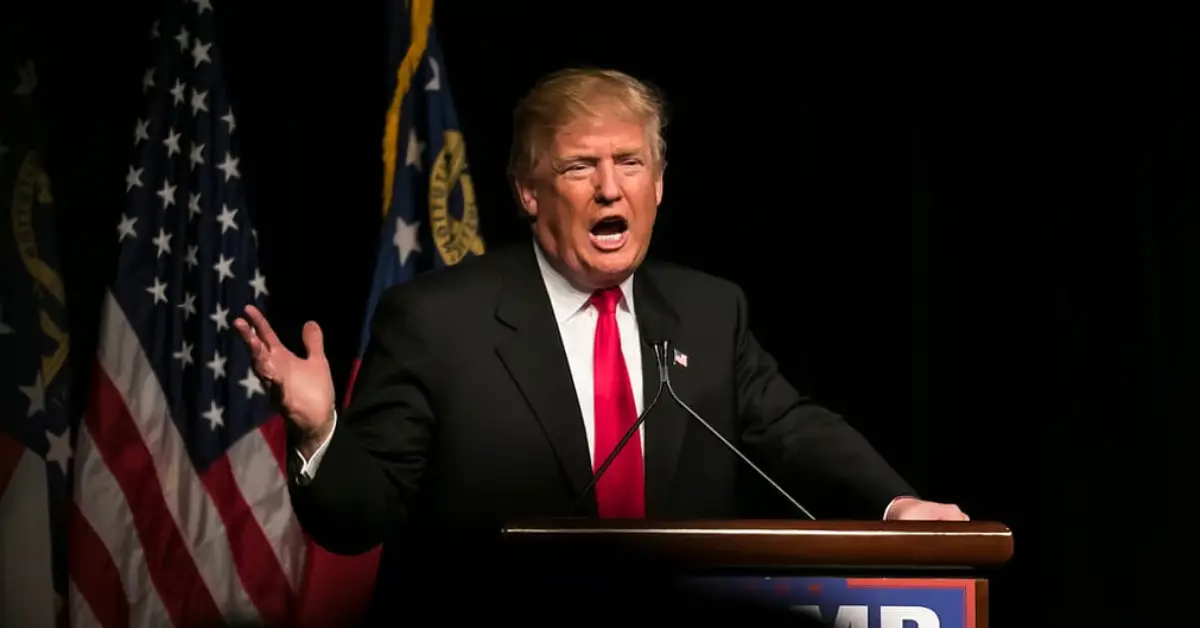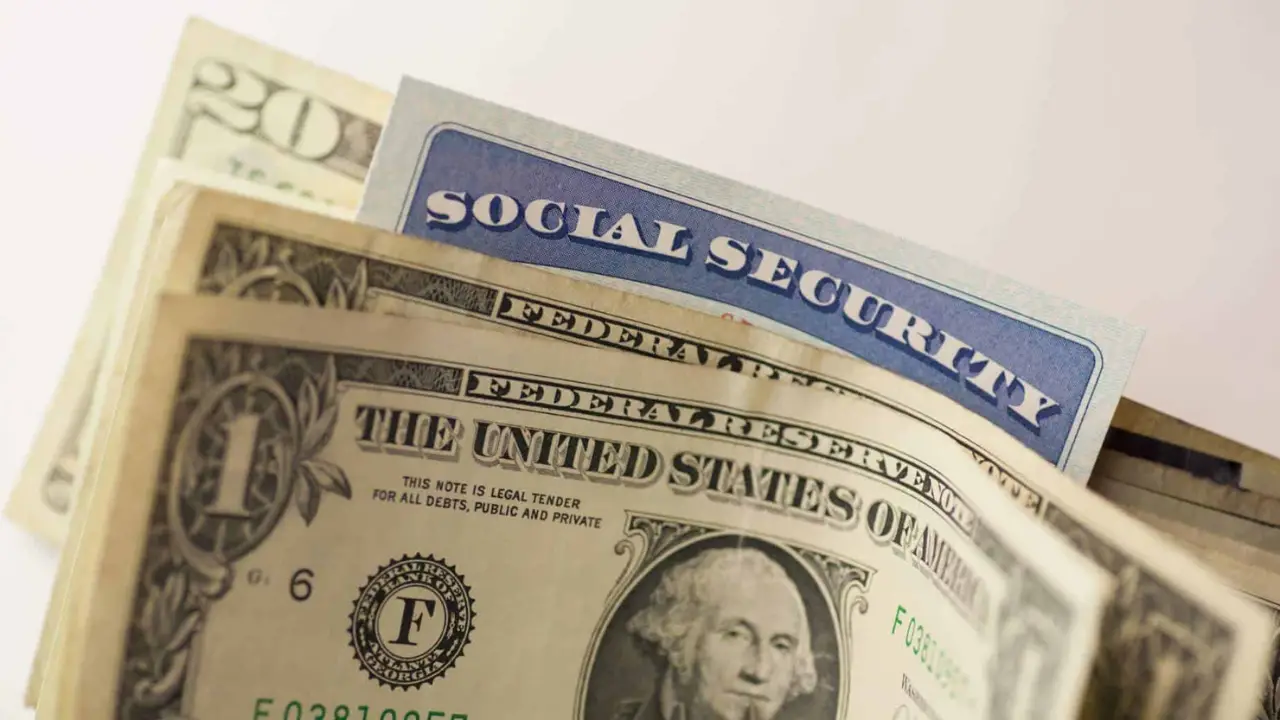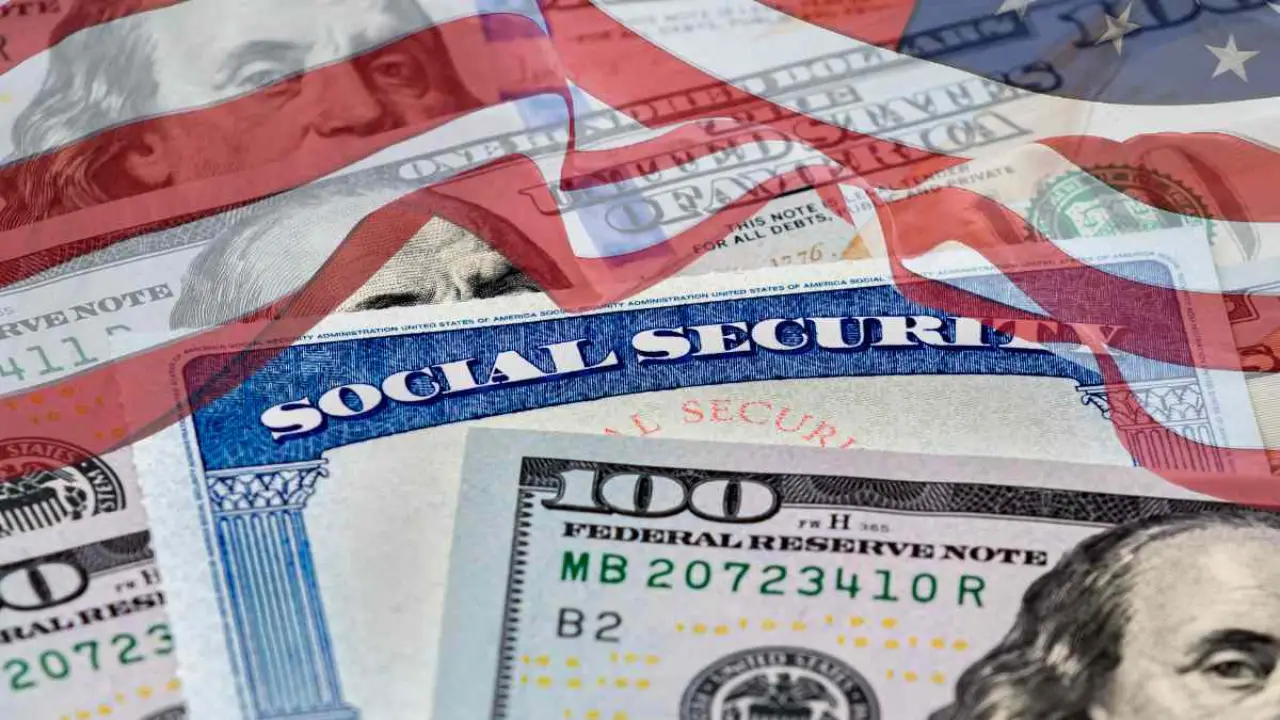The financial markets have been in a state of turmoil. Stocks have plummeted, investors are feeling increasingly uncertain, and many are coming to the sobering realisation that betting against President Donald Trump might no longer be the safest strategy.
President Trump’s vocal criticism of “unfair trade” practices, which he has blamed for the U.S.’s massive trade deficits, was a constant theme throughout his first campaign and even before his presidential run. The threat of tariffs on major trading partners was one of his signature strategies. However, despite his threats, many investors remained sceptical. They either didn’t believe that Trump would fulfil his promises or didn’t fully understand how his trade policies could reshape the global economic landscape.
But now, with less than 100 days into his second term, investors are waking up to a harsh reality: President Trump is serious about disrupting the global trade order. His “Liberation Day” tariff announcement on April 2, 2025, made it clear that he’s willing to go further than most expected in reshaping U.S. trade policy to bring more manufacturing back to the country and reduce trade deficits with other nations.
The Beginning of a Major Shift in Global Economic Policies
Trump’s economic policies have sent waves of uncertainty through the global markets. The latest tariff increase—coupled with other trade-related announcements—has shaken the U.S. stock market. Investors are beginning to realise that Trump is willing to prioritise domestic interests over global trade agreements, and this is having a significant impact on the market.
Since Election Day, the S&P 500 index has dropped approximately 8%, and the tech-heavy Nasdaq has fallen by 11%. More concerning for investors, the Dow Jones industrial average is reportedly heading for its worst April performance since the Great Depression. This massive sell-off underscores the growing concerns among investors about the implications of Trump’s trade policies.
The Long-Term Impact: A Double-Edged Sword?
While there could be long-term benefits to reshoring vital industries like aluminium and pharmaceuticals, many investors fear that the consequences of Trump’s trade disruptions could outweigh the positives. Mike Reynolds, vice president of investment strategy for Glenmede, a boutique wealth management firm, compares the situation to the market shocks that followed the COVID-19 pandemic.
“There’s a saying in the markets: ‘Don’t fight the Fed,’” Reynolds says. “Well, it’s starting to feel like ‘Don’t fight the Oval Office,’ is the new rule for investors.”
Trump’s push to reassert control over trade agreements, particularly with countries like China, has led to significant shifts in the market. These disruptions are shaking up the traditional market patterns, and investors accustomed to a stable environment are now scrambling for answers.
The Emotional Rollercoaster of Tariff Talk
With constant talk of new tariffs and the uncertainty surrounding President Trump’s trade stance, it is clear that the markets are in a state of continual flux. Despite some positive economic reports and earnings from companies, the overall sentiment is one of caution. Every piece of news, no matter how small, has a ripple effect on the markets.
Marta Norton, the chief investment strategist for Empower Investments, notes that even a small piece of positive news, such as Treasury Secretary Scott Bessent’s comments that trade tensions with China could ease, sends the market into a short-term rally. On Tuesday, following Bessent’s remarks, the Nasdaq and Dow rose by 2.7%, while the S&P 500 increased by 2.5%. However, the euphoria was short-lived, as the markets opened higher on Wednesday but quickly reverted to their negative momentum.
“Investors are just on edge,” Norton says. “We’re trying to figure out the true cost of these tariffs—how long they’ll last, what the economic impact will be. And in this environment, every little bit of news feels like it could cause a huge reaction in the market.”
Uncertainty Looms: How Long Will This Last?
While Bessent’s comments about China easing trade tensions may have helped calm some fears, many analysts believe the situation will take years to resolve. According to Bloomberg, Bessent suggested that a full trade deal between the U.S. and China could take another two to three years, meaning that the effects of tariffs are likely to continue for some time.
Even with this news, markets remain on edge, with investors unsure about whether the trade situation will be resolved in the short term or dragged out into a long-term standoff. Fordham Business School professor Paul Johnson points out that even a statement like Bessent’s can cause the market to “gyrate” because no one knows whether the situation will be short-term or long-term.
“It’s hard for anyone to make predictions in this climate,” Johnson says. “The uncertainty is a major factor that’s driving market volatility.”
Should Investors Shift Strategies?
Given the ongoing volatility, some financial experts suggest that investors might want to diversify their portfolios. Shifting investments into international equities or non-dollar-denominated assets could help balance the risks. Small-cap stocks, which have been hit particularly hard by the recent downturn, may present opportunities for those with a longer-term outlook.
Reynolds advises caution, however, urging investors not to panic and sell off their holdings. Given Trump’s unpredictable stance on trade, it may be best to adopt a patient approach and adhere to long-term investment strategies.
“Probably one person in the entire world … knows where trade policy is going to go, and he’s sitting in the Oval Office,” Reynolds says. “That’s why investors should be patient and stay committed to their long-term plans.”
The Market’s New Reality: Embrace the Uncertainty
What’s clear from the market’s current state is that volatility is likely to persist for the foreseeable future. With uncertainty surrounding President Trump’s economic policies, investors will need to adjust to a new, unpredictable environment. The key for most will be to navigate the turbulence carefully, staying informed and making thoughtful decisions based on long-term goals rather than short-term market fluctuations.
Disclaimer: This article has been meticulously fact-checked by our team to ensure accuracy and uphold transparency. We strive to deliver trustworthy and dependable content to our readers.




